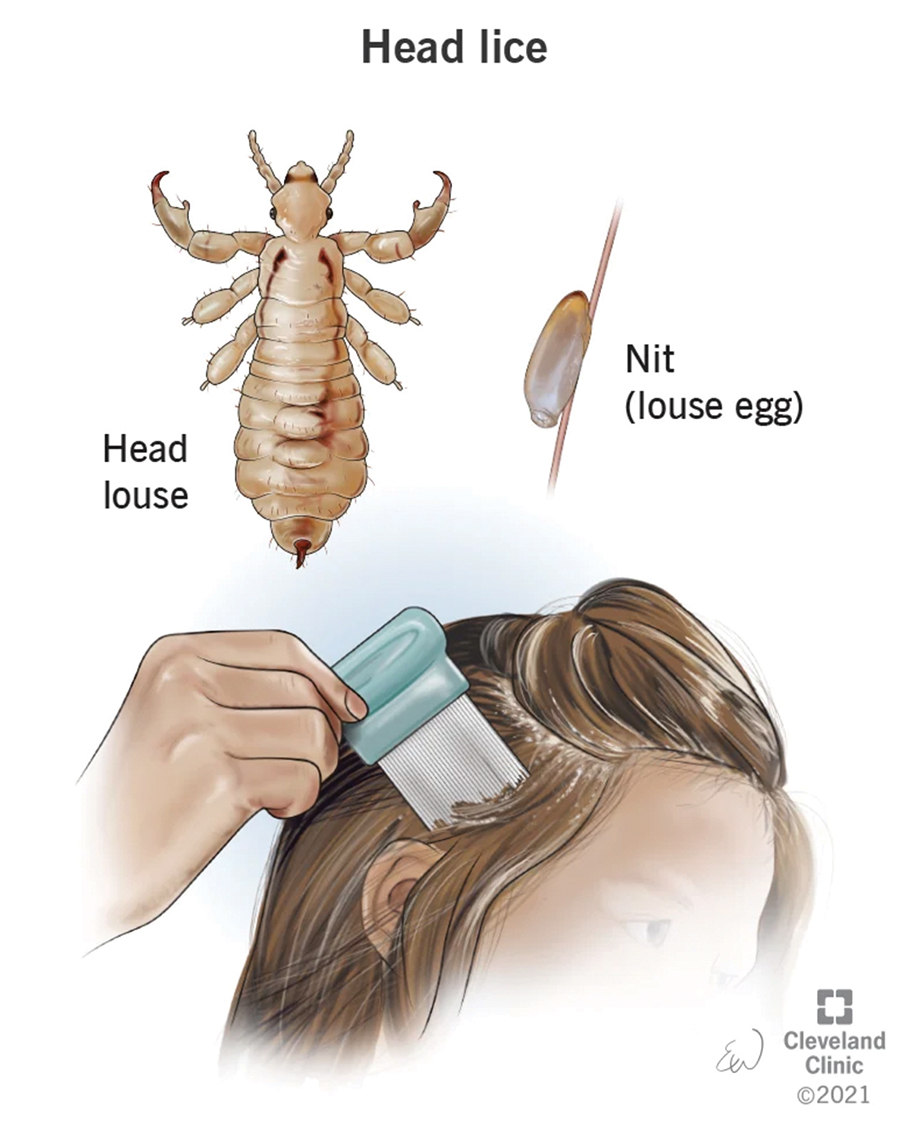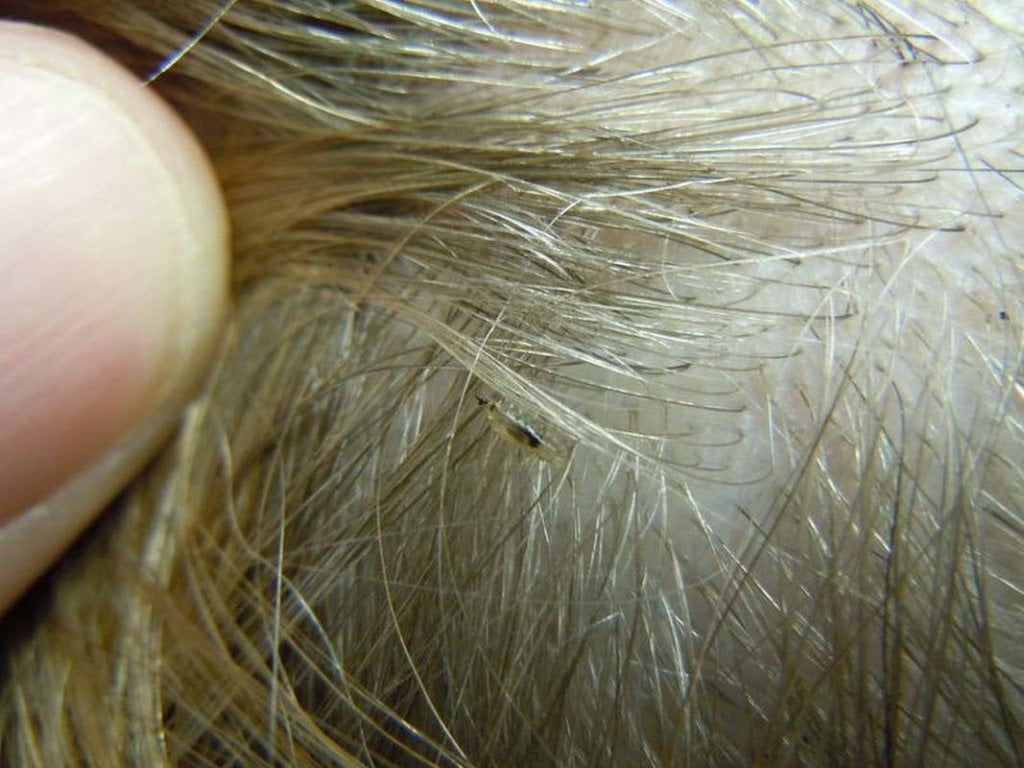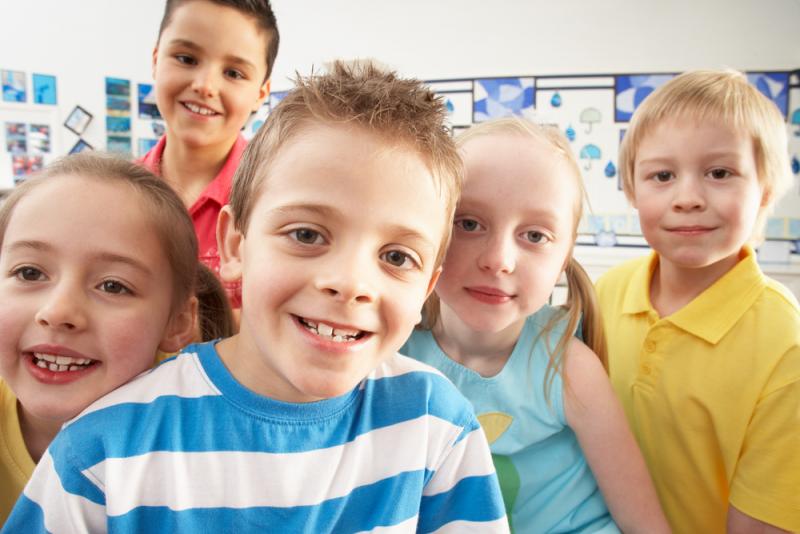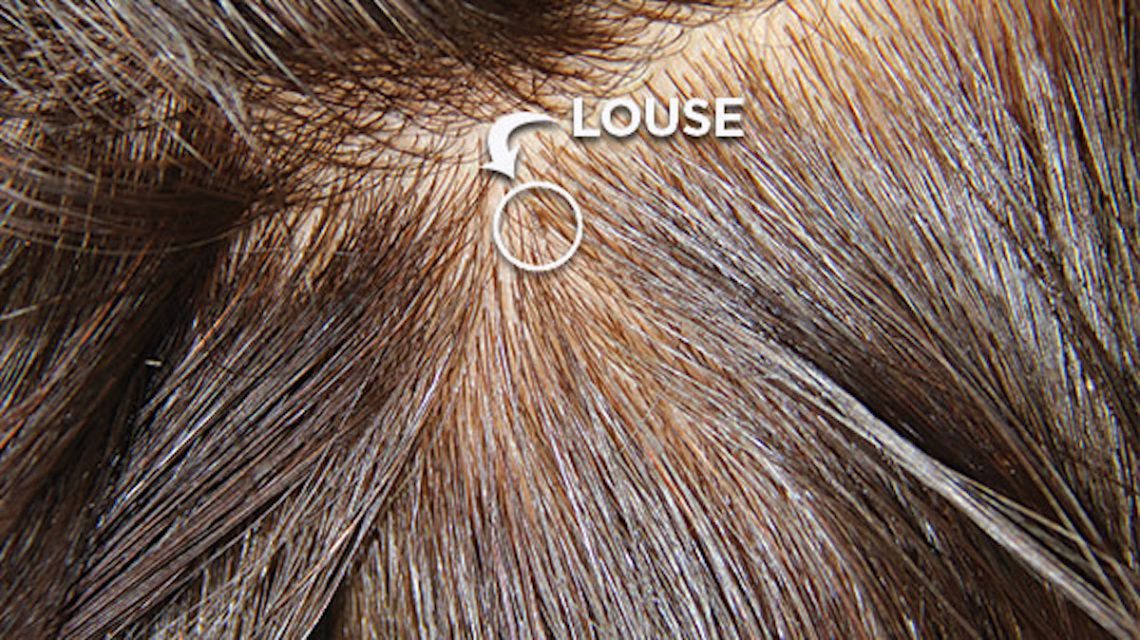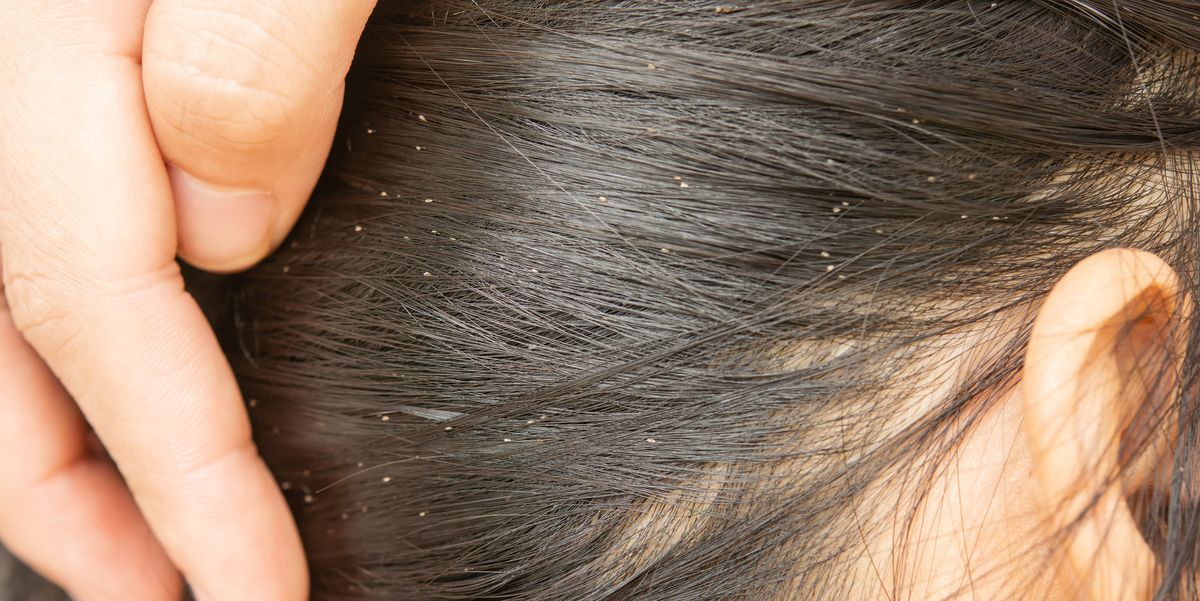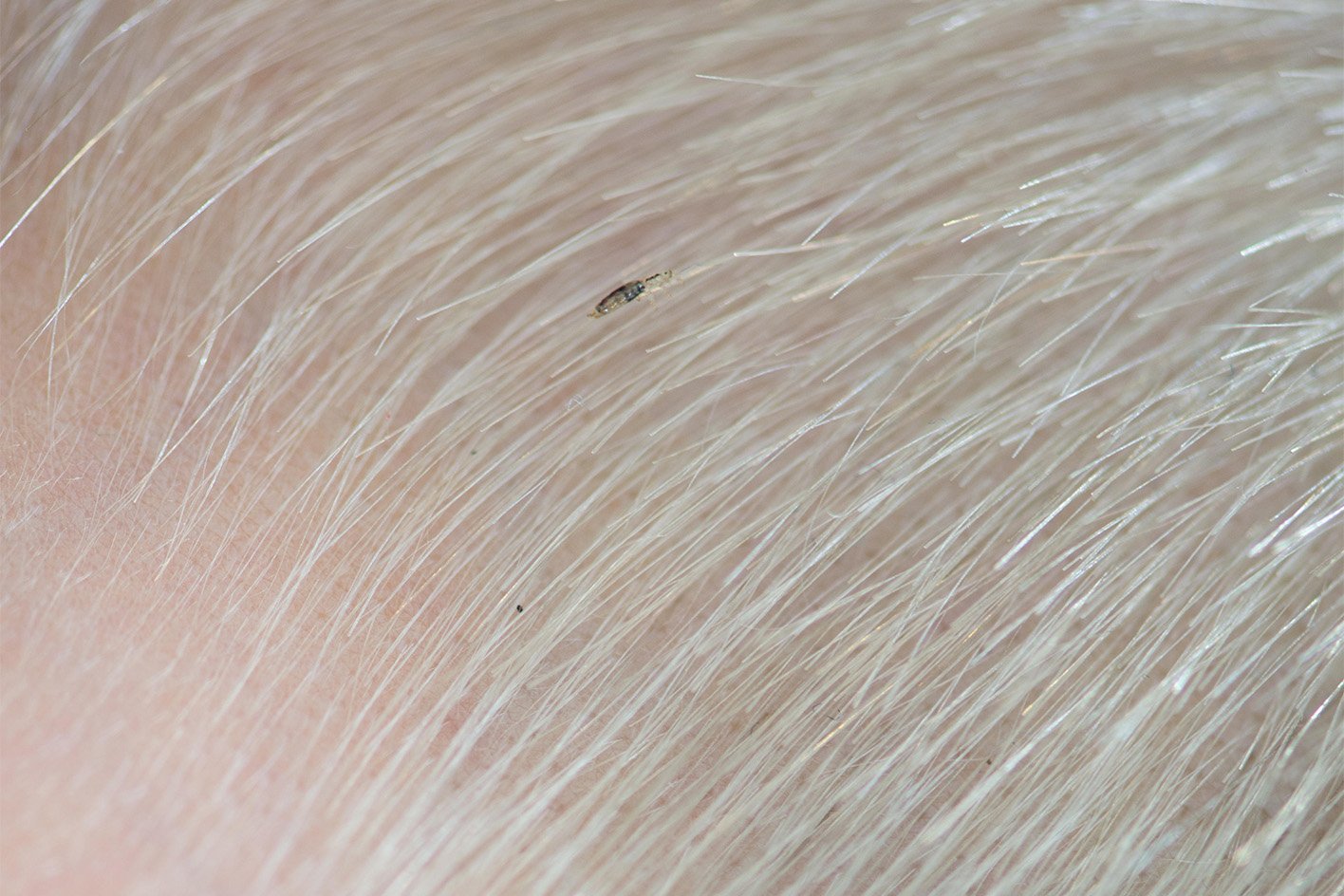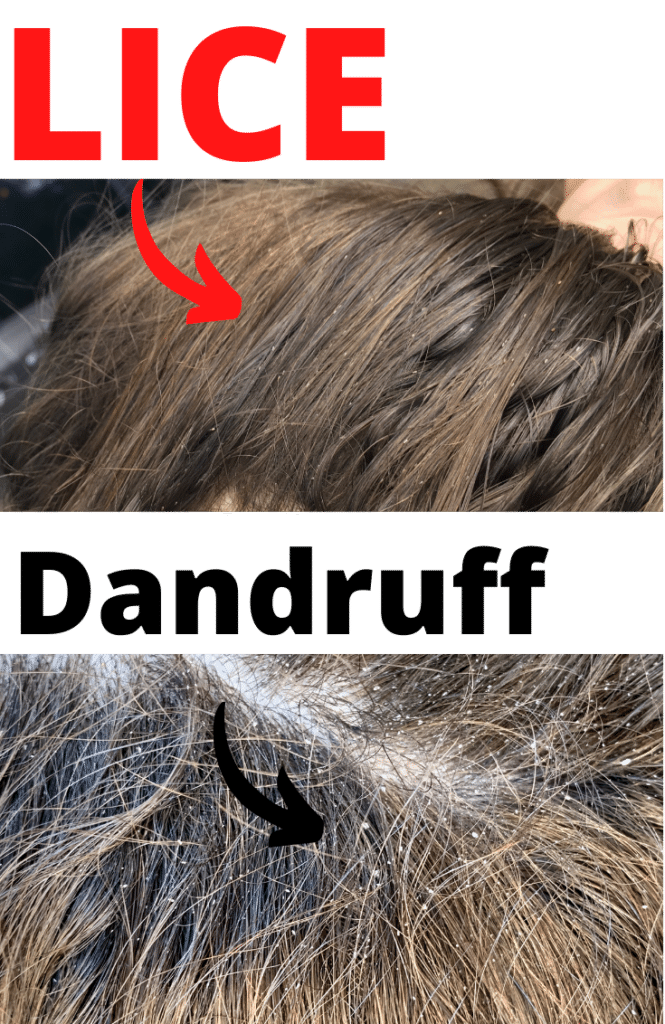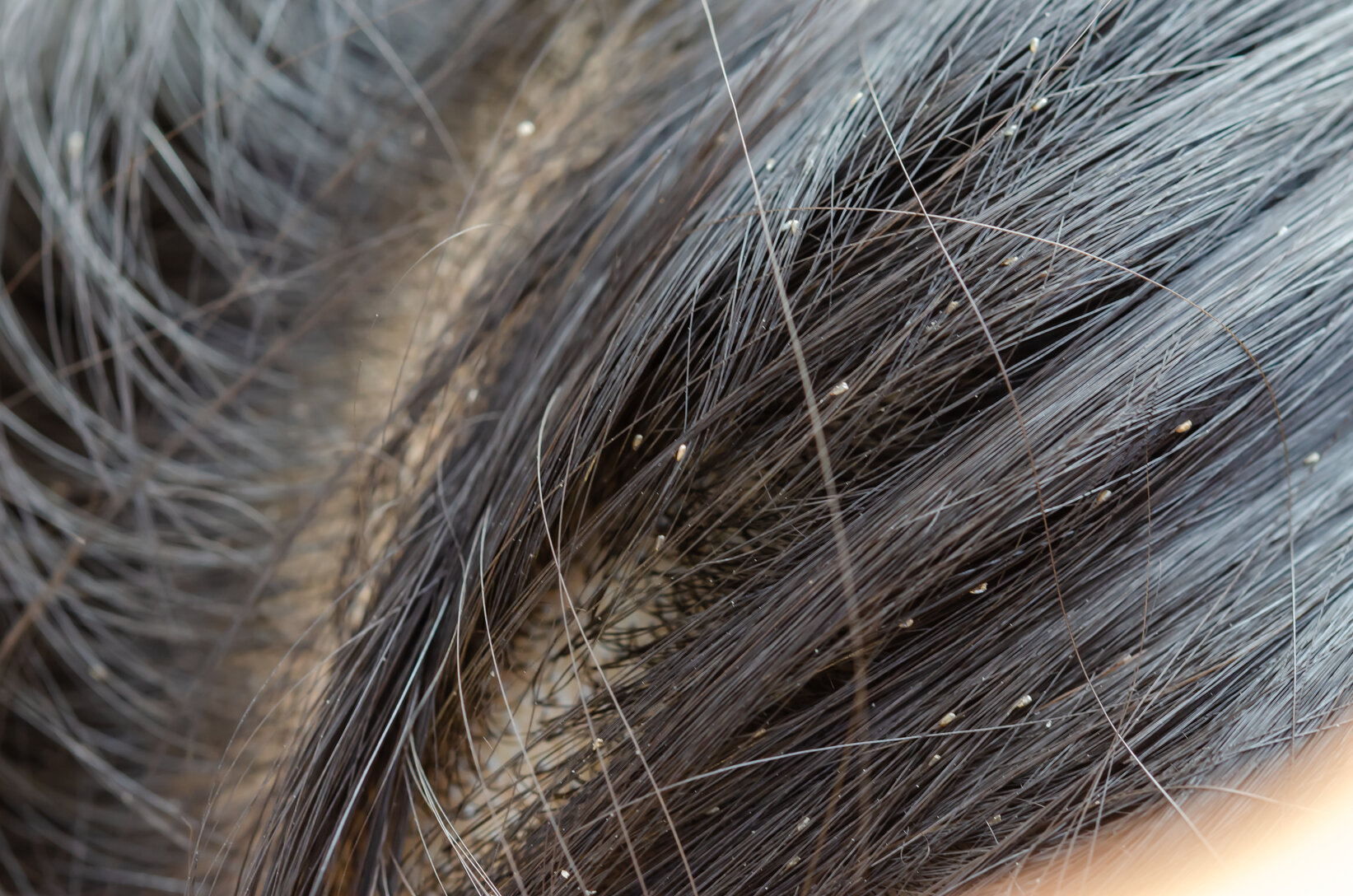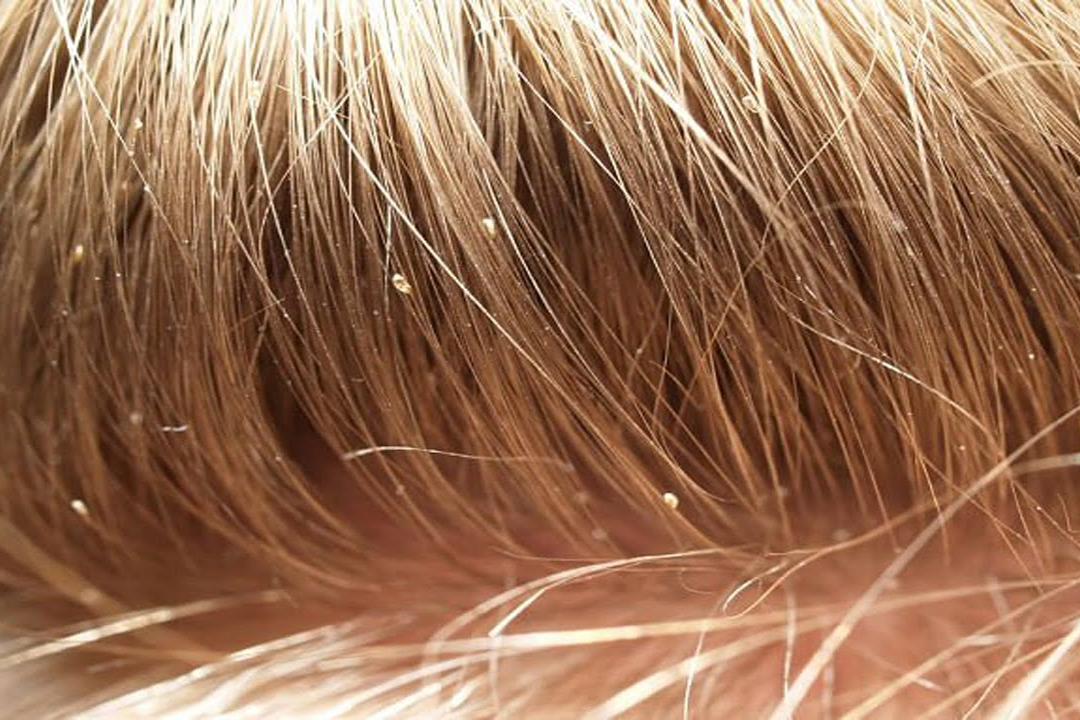Spectacular Tips About How To Detect Head Lice

Look for lice crawling on the scalp where the hair is parted or on the hair shaft.
How to detect head lice. Body lice start out on clothing or in beds, but they move from those locations to people’s skin. When a person has head lice for the first time, itching may not occur for 4 to 6 weeks. Adult lice may also be seen during a lice inspection.
Know how head lice spread before you start treatment, understand how your child could have gotten head lice. Head lice are not known to spread disease. The most prominent symptom of head lice is an extremely itchy scalp.
Head lice feed on human blood several times a day and live close to the human scalp. If they fall off, they die within 1. Pubic lice are also called “crabs.”.
Lice are commonly transferred from schoolchildren or by sharing combs, brushes, and towels. Wet the hair of the affected child or adult, if possible. Bangs behind both ears nape of neck how to inspect place gloves on your hands use fingers to separate hair and create a part.
Dogs, cats, and other pets do not play a role in the transmission of human lice. Typically, adult head lice live 30 days when stuck to your head. Body lice a health care provider may diagnose body lice if they find eggs or crawling lice in clothing seams or on bedding.
It can be distressing to find lice on your child's head, but it's best to respond to it calmly and begin treatment. This is an allergic reaction to louse bites. They cannot hop or fly.
Visual signs of head lice nits. [2] itchy scalps can also be a sign of an allergic reaction to hair care products such as shampoo, too. Who is at risk for getting head lice?
The head louse, or pediculus humanus capitis, is a parasitic insect that can be found on the head, eyebrows, and eyelashes of people. Fully grown adults are roughly the size and. Overview head lice enlarge image lice are tiny, wingless insects that feed on human blood.
Head lice causes. The lice feed on blood sucked from your scalp and lay eggs (called nits) that firmly attach to the hair exposed at your skin’s surface (hair shafts). (cdc photo) misdiagnosis of head lice infestation is common.
To recognize head lice, look for red bumps on your head or the back of your neck from tiny bites. Head lice, caused by the parasite pediculus humanus capitis, can lay eggs and feed in around human hair including the scalp, eyelashes, and eyebrows. Once treated, review with your child the things you can do to prevent head lice.


